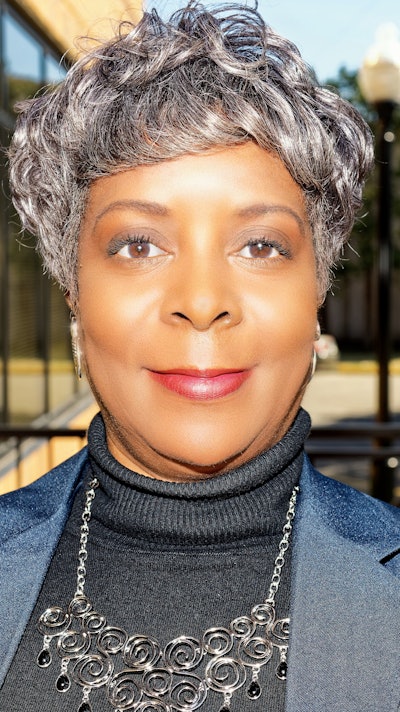Three years after the initial Black Lives Matter protests and with the COVID-19 pandemic emergency now lifted, enrollment at HBCUs continues to rise.
In 2020, as the nation contended with the pandemic and Black Lives Matter protests across the country, many historically Black colleges and universities (HBCUs) saw an uptick in interest and applications. These institutions were seen as centers of learning that valued people of color and embraced their talents, goals, and ambitions.
 Angela Nixon Boyd
Angela Nixon Boyd
Early pandemic years
“Absolutely, we saw an increase in interest and applications,” said Angela Nixon Boyd, assistant vice president for enrollment management and dean of admission at Hampton University in Virginia. “With it being the pandemic, the challenge was enrollment because a lot of students were taking time off or…they had to take classes virtually and online, so there was a dip [in enrollment] during the pandemic, but the interest was there.”
Florida A&M University (FAMU) has seen a surge in applications since 2021, according to Dr. William E. Hudson, vice president for student affairs. “We have managed that through strategic enrollment because there is capacity,” Hudson said. “You can only accept the number of students you can accommodate for residence life, classroom space and things of that nature.”
The number of applications to FAMU from first-time college students increased 87% from 2021 to 2022. From 2021 to 2023, the number increased 120%.




















